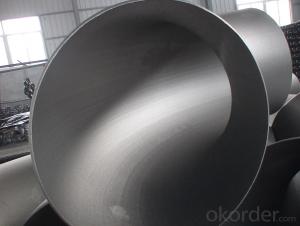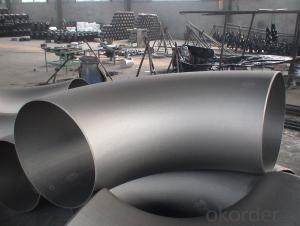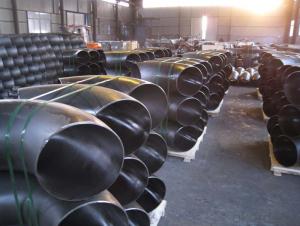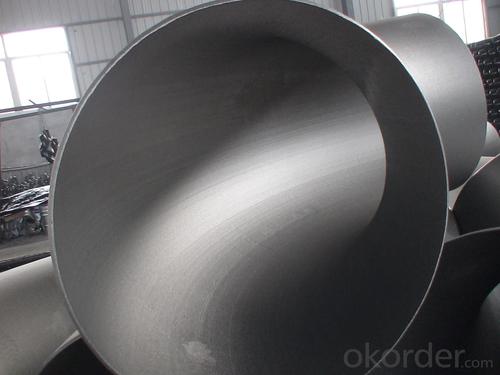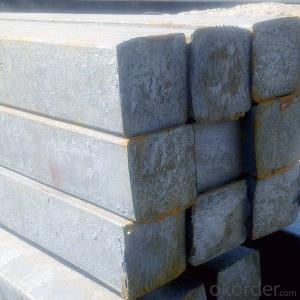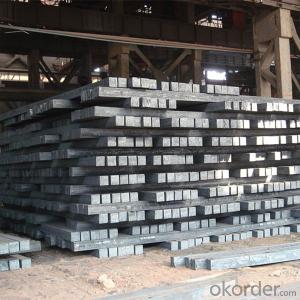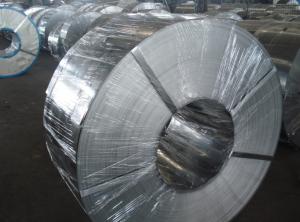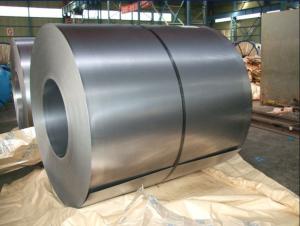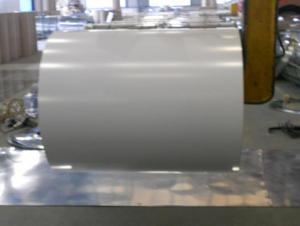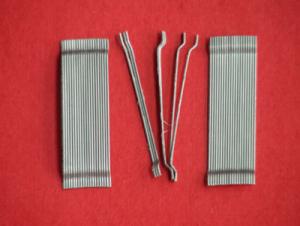Carbon steel pipe fittings TEE 1/2'' 1'' 2''
- Loading Port:
- China Main Port
- Payment Terms:
- TT OR LC
- Min Order Qty:
- -
- Supply Capability:
- -
OKorder Service Pledge
OKorder Financial Service
You Might Also Like
Pipe fitting is the occupation of installing or repairing piping or tubing systems that convey liquid, gas, and occasionally solid materials. This work involves selecting and preparing pipe or tubing, joining it together by various means, and the location and repair of leaks.
Pipe fitting work is done in many different settings: HVAC, manufacturing, hydraulics, refineries, nuclear-poweredSupercarriers and Fast Attack Submarinescomputer chip fab plants, power plant construction and other steam systems. Pipe fitters (sometimes called simply "fitters") are represented in the USA and Canada by the United Association of Journeymen and Apprentices of the Plumbing and Pipe Fitting Industry of the United States and Canada.
Fitters work with a variety of pipe and tubing materials including several types of steel, copper, iron, aluminium, and plastic. Pipe fitting is not plumbing; the two are related but separate trades. Pipe fitters who specialize in fire prevention are called Sprinklerfitters, another related, but separate trade.
Materials, techniques, and usages vary from country to country as different nations have different standards to install pipe.
Elbow are an English alternative rock band consisting of Guy Garvey (vocals, guitar), Richard Jupp (drums, percussion), Craig Potter (keyboards, piano), Mark Potter (guitar, backing vocals), and Pete Turner (bass guitar, backing vocals). They have played together since 1990, adopting the Elbow band name in 1997, and have released six studio albums: Asleep in the Back (2001), Cast of Thousands (2003), Leaders of the Free World (2005), The Seldom Seen Kid (2008), Build a Rocket Boys! (2011), and The Take Off and Landing of Everything (2014). All of their studio albums, as well as B-sides compilation Dead in the Boot (2012), have placed in the top 15 of the British album chart and seven of their singles have placed in the top 40 of the British singles chart.
In 2008 Elbow won the Mercury Music Prize for their album The Seldom Seen Kid, and in 2009 they won the Brit Award for Best British Group In 2012 they released "First Steps", the BBC theme for the 2012 London Olympics
Specifications
Standard: ASTM A234 WPB, JIS, DIN, EN, GOST
Use for Oil, Gas, Subwatering act.
45/90/180 degree, LR/SR Elbow
ASTM A234 WPB ELBOW :
| ||||||||
| we are manufacturer for carbon steel pipe and fittings,like 45deg,90deg,180deg,L/R OR S/R,bend , | ||||||||
| equal or reducing tee, CON reducer, ECC reducer, pipe cap,flange. | ||||||||
| CON AND ECC REDUCER: CARBON STEEL,STAINLESS,STELL,ALLOY STEEL | ||||||||
| NOMINAL DIAMETER | BIG OD1 | SMALL OD2 | HEIGHT(MM) | |||||
| MM | SERIES A | SERIES B | SERIES A | SERIES B | 51-711 | |||
| 25*15--1500*1400 | 33.7-1524 | 32-1520 | 21.3-1420 | 18-1420 | ||||
| MATERIAL: A234WPB,A283,A105,A53,A106,API5L | ||||||||
| STANDARD: ASTM/ANSI,DIN,ISO,GB,JIS,BS ,GOST | ||||||||
| OTHERS: | ||||||||
| 1. Special design available according to requirement | ||||||||
| 2. All the production process are made under the ISO 9001:2000 strictly. | ||||||||
- Q: What are the uses of steel in the construction of schools and universities?
- Steel is widely used in the construction of schools and universities due to its superior strength and durability. It is commonly used in structural components like beams, columns, and frames, providing stability and support to the buildings. Additionally, steel is fire-resistant, making it a safe choice for educational facilities. Its versatility allows for flexible designs, accommodating various architectural styles and adapting to changing needs. Moreover, steel construction is efficient, reducing construction time and costs, while also being environmentally friendly as it is recyclable. Overall, steel plays a crucial role in ensuring the safety, longevity, and functionality of schools and universities.
- Q: What is the role of steel in the manufacturing of furniture?
- Steel plays a crucial role in the manufacturing of furniture due to its strength, durability, and versatility. It is commonly used in the construction of the frame and structure of furniture pieces, providing stability and support. Steel can be formed into various shapes and sizes, allowing for creative and intricate designs. Additionally, it can be coated or finished in different ways to enhance its appearance and protect it from wear and tear. Overall, steel enhances the overall quality and longevity of furniture, making it an essential material in the manufacturing process.
- Q: What are the different types of steel products used in the manufacturing of gardening tools?
- There are various types of steel products used in the manufacturing of gardening tools, including stainless steel, carbon steel, and alloy steel. Stainless steel is popular due to its resistance to corrosion and rust, making it ideal for tools exposed to moisture. Carbon steel is durable and can be heat-treated for added strength, commonly used for blades and pruning tools. Alloy steel, a blend of different metals, offers a combination of strength, durability, and resistance to wear and tear, making it suitable for heavy-duty gardening tools.
- Q: What are the properties of corrosion-resistant steel for marine applications?
- Corrosion-resistant steel for marine applications possesses properties such as high levels of chromium and nickel, which provide excellent resistance to corrosion caused by saltwater exposure. It also has a protective oxide layer that forms on the surface, preventing further oxidation. Additionally, it exhibits high strength and durability, making it ideal for withstanding harsh marine environments.
- Q: What are the advantages of using stainless steel in food processing?
- There are several advantages of using stainless steel in food processing. Firstly, stainless steel is highly resistant to corrosion and rust, making it a durable and long-lasting material. This ensures that there is no risk of contamination from the equipment used in food processing. Secondly, stainless steel is easy to clean and maintain, allowing for efficient sanitation practices. It is also non-reactive, meaning it does not interact with the food being processed, preserving the flavor and quality of the food. Additionally, stainless steel has a smooth surface, reducing the risk of bacterial growth, and it can withstand high temperatures without warping or melting. Overall, the use of stainless steel in food processing ensures food safety, hygiene, and high-quality end products.
- Q: What are the different types of steel valves and their applications?
- There are several types of steel valves commonly used in various industries. These include gate valves, globe valves, ball valves, butterfly valves, and check valves. Gate valves are primarily used for on/off applications and provide a tight seal when closed. They are commonly used in water treatment plants, oil and gas pipelines, and power generation systems. Globe valves have a spherical body and are suitable for regulating flow. They are frequently used in industries such as HVAC, steam systems, and chemical processing. Ball valves consist of a rotating ball with a hole that controls flow. They are versatile and widely used in applications where tight shut-off is required, such as oil and gas pipelines, chemical plants, and water treatment systems. Butterfly valves have a disc-shaped closure element that rotates to control flow. They are lightweight, cost-effective, and commonly used in applications involving large flow rates, such as HVAC systems, water supply networks, and wastewater treatment plants. Check valves, also known as non-return valves, allow flow in one direction only and prevent backflow. They are used in various applications, including pumps, compressors, and power plants. Each type of steel valve serves specific purposes based on their design and functionality. The choice of valve depends on factors such as the nature of the fluid, pressure and temperature requirements, and the specific application in industries ranging from oil and gas to water treatment and beyond.
- Q: How are steel products tested and certified for quality and performance?
- Steel products are tested and certified for quality and performance through a series of rigorous evaluation processes. The testing procedures include examining the mechanical properties, such as tensile strength and hardness, as well as conducting chemical analysis to ensure the correct composition of the steel. Additionally, destructive and non-destructive tests are conducted to assess the product's weldability, impact resistance, and dimensional accuracy. These tests are performed by qualified professionals and certified laboratories, following industry standards and specifications. Once the steel products pass all the required tests, they are granted certification to guarantee their quality and performance.
- Q: How are steel products used in the telecommunications industry?
- Steel products are used in the telecommunications industry for various purposes such as building transmission towers, constructing infrastructure for cellular networks, manufacturing support structures for antennas, and providing protection for underground cables and conduits.
- Q: How do steel products contribute to the construction of data centers and IT facilities?
- Steel products play a crucial role in the construction of data centers and IT facilities. They are used extensively in the structural framework, providing stability and strength to support the weight of the equipment and infrastructure. Steel is also used in the fabrication of server racks, cabinets, and cable trays, offering a durable and secure environment for housing and organizing the network infrastructure. Additionally, steel is used in the construction of raised floors, ensuring proper ventilation, cable management, and ease of access for maintenance. Overall, steel products contribute significantly to the reliability, safety, and efficiency of data centers and IT facilities.
- Q: How do steel products contribute to the recreational and sports industry?
- Steel products contribute to the recreational and sports industry by providing durable and resilient materials for the construction of various sporting facilities and equipment. From stadiums and arenas to bleachers, fencing, and goalposts, steel structures offer strength and stability necessary for hosting large-scale sporting events. Additionally, steel is commonly used in the manufacturing of sports equipment such as bicycles, golf clubs, tennis racquets, and even roller coasters. Its robust nature ensures longevity, safety, and enhanced performance, making steel an indispensable component in the recreational and sports industry.
Send your message to us
Carbon steel pipe fittings TEE 1/2'' 1'' 2''
- Loading Port:
- China Main Port
- Payment Terms:
- TT OR LC
- Min Order Qty:
- -
- Supply Capability:
- -
OKorder Service Pledge
OKorder Financial Service
Similar products
Hot products
Hot Searches
Related keywords
